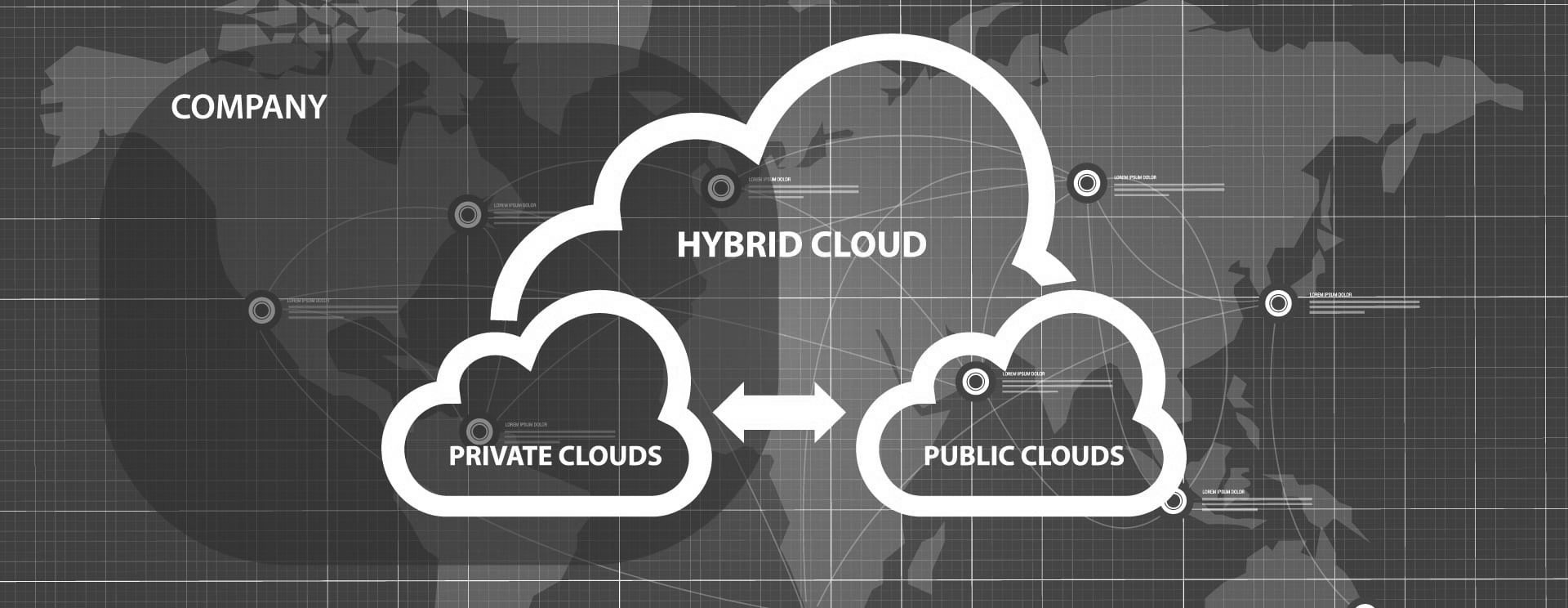
Is the public cloud pendulum swinging back?
An article published by Sarah Wang and Martin Casado of a16z, The Cost of Cloud, a Trillion Dollar Paradox, discusses the cost for public cloud and that the pressure it puts on SaaS providers’ margins can start to outweigh the benefits.
It’s an interesting piece with an (in this age) unorthodox perspective. They make the case for repatriating workloads running in the cloud back into a traditional data center environment and that it could reduce costs by much as 30 to 50 percent of existing cloud spend.
If this is true, we should expect a reversed exodus from cloud back to the data center for SaaS providers over the coming years. As intriguing as this scenario seems, I don’t think it’s very likely for a number of reasons.
Their claim doesn’t fully recognize the fact that few companies are equipped to run a highly efficient data center, or have the experience required to operate private cloud hosting mission-critical services. If an organization ever did have those skills in-house, they have likely faded during their days of focusing on and investing in public cloud.
Another important oversight is the impact of streamlining and standardization. It is unlikely that anyone will be able to make the swing back to on-prem in a single move. A more realistic scenario will have to involve gradual shifts, resulting in at least two operational models with regards to ops, billing, security, and more for a considerable time. This will drive up cost and reduce the calculated benefit.
I have seen credible calculations that define a rule-of-thumb for reaching break-even for public cloud and on-prem hosting based on the following two conditions:
- The application has a lifetime of more than two years
- The underlying resources change less than 20 percent as a result of scaling up or down
If your organization can meet or exceed these two conditions, you can potentially get more cost efficient in your own data center (granted that you have the skills to operate it). But it’s a bar that means that your teams will have to exclude quite a number of workloads from being considered right from the start.
So, the pragmatic conclusion is that returning to the cloud is a matter of “it depends.” A blanket statement like “repatriation results in one-third to one-half the cost of running equivalent workloads in the cloud” is too much of a simplification. Organizational IT leaders need to look at the specifics of their situation to make the call. Many organizations have instead turned to a more hybrid IT spend model to take advantage of the distinct benefits of on-prem and cloud operations.
The universal and most important take away from this article is that infrastructure spend as a percent of sales or overall revenue always should be a first-class performance metric. It needs to be monitored continuously for both public cloud and traditional on-prem environments, since most of us are living in a hybrid IT world.
Fortra VCM can help you optimize your hybrid IT spend by providing end-to-end visibility for hybrid IT environments and assist in migrating and deploying workloads, whether physical, virtual, cloud-based, or container instances. Once in the cloud VCM lets you monitor and optimize your resource usage and charges to deliver the right capacity at the lowest costs.
